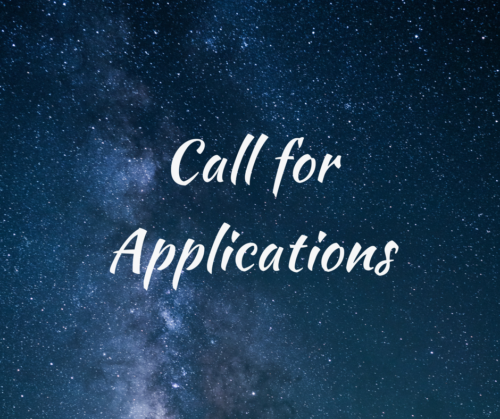Call for Participation
The Outdoor Insulation Technical Committee of IEEE DEIS is pleased to announce that two new working groups (WG) on two new projects described below are going to be formed. Those who are interested in joining any of these two working groups are welcome to send their statement of interest and request to join to the chair of the Outdoor Insulation Technical Committee Dr. Refat Atef Ghunem at [email protected] by February 15th, 2021. Potential members are expected to contribute to the working group and commit to regularly attend the working group meetings.
IEEE WG on “Selection of outdoor insulators subjected to wildfire risk-Material selection and evaluation”
Synopsis
Selection of outdoor high voltage insulating materials has been essentially based on pollution performance. As such several electrical, thermal and surface properties have been investigated at the material development stage, yet it is important to also take into consideration special applications with different material design requirements, such as the effect of wildfire. Wildfire has been a concern in many parts of the world in locations where outdoor insulators have been installed on overhead transmission and distribution lines. Therefore, there is a need for a review on the impact of heat generated from wildfire on the three main types of outdoor insulators, i.e. silicone rubber, porcelain and glass insulators. More specifically, the WG will study the following aspects:
a) Impact of fire on the insulators
b) How the insulators trigger the fire
c) Prospects of new material designs
WG on Super hydrophobic Outdoor High Voltage Insulation
Synopsis
Mitigating the pollution problem has been an essential objective sought in the development of polymeric materials for outdoor high voltage insulation. As such, several electrical, thermal and surface properties have been extensively analyzed at the material development stage of outdoor insulation. The self-cleaning property which is inherited in superhydrophobic surfaces has been recently highlighted. Experimental findings have shown different types of measurements indicating a remarkable self-cleaning capability of artificially polluted superhydrophobic insulation in the laboratory environment. On the other hand, it is also important to understand practical aspects pertained to performance of superhydrophobic insulators under the actual outdoor conditions of pollution, moisture, and high voltage. Therefore, a state-of-the-art review on the various techniques of producing superhydrophobic electrical insulators is going to be conducted. In addition, the WG will discuss the advantages and limitations of laboratory methods of superhydrophobicity assessment, explore the limitations of the superhydrophobic insulating surfaces and thus their prospects in the actual outdoor conditions under high voltages.

